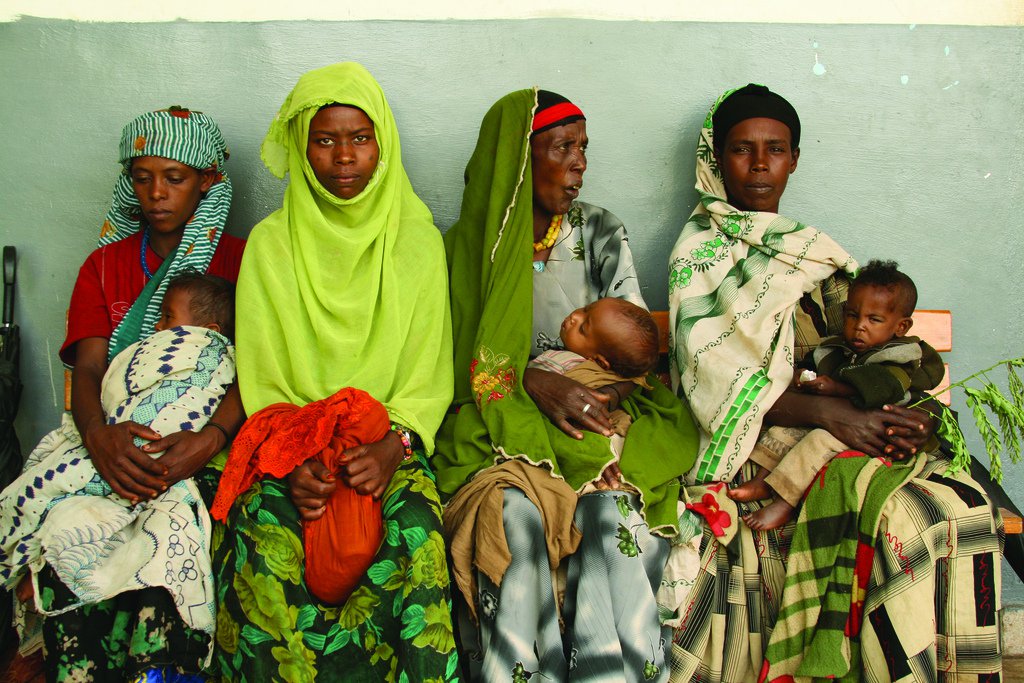This blog originally appeared on The Huffington Post.
University Research Co., LLC (URC) has a reputation as a leader in applying quality improvement to health care systems in low- and middle-income countries. In 2009 and 2010, we began the journey of pioneering the application of quality improvement approaches at the community level through three projects:
- Maternal and Newborn Health in Ethiopia Partnership
- USAID Health Care Improvement Project
- Essential Obstetric and Newborn Care Networks Project
While each of these projects designed their quality improvement efforts in different ways, there was a common thread: recognizing that community-level services or contributors to care – such as access and care seeking behavior – can also benefit from quality improvement approaches and adding a component of a community-based improvement team. Over the past seven years, we have continued to expand the adaptation of improvement to the community level through the USAID Applying Science to Strengthen and Improve Systems project (ASSIST), which works in more than 15 countries to improve HIV care and maternal and newborn health and services for vulnerable children and families.
Through this experience, we see that there are two main paths that community-level improvement takes:
- Improving the services of community-level providers; and/or
- Engaging the wider community to support health care providers (community- or facility-level) to promote community health.
For the first approach, we work with local leaders and stakeholders to set up teams of service providers to look at their processes and content of services. Service providers for orphans and vulnerable children, for example, would form a team or add improvement activities to an existing committee to review their processes for identifying vulnerable children and families, assessing needs, referring to service providers, and follow up.
For engaging the wider community, we usually apply the Community Health Systems Strengthening model, which brings together representatives from across active community groups and structures to use their networks to promote health messages and share information, identify cases, provide referrals, and assist with follow-up of patients (if appropriate). Community groups, for example, can use their networks to encourage women and their families to attend antenatal care (ANC) early in their pregnancies by promoting the importance of ANC, identifying pregnant women and informing community health workers, accompanying women to the health facility, and/or assisting with transport.
In all cases, we provide simple training to the community-level improvement teams on setting aims, using an indicator, analyzing their current situation and processes, developing changes, and using the Plan-Do-Study-Act cycle. Because education and literacy levels can be low to non-existent, this is often activity-based training.
A big emphasis is placed on the use of data. We work with local government officials and leaders to help teams create or strengthen data systems and, most importantly, mentor them in how to review and use data on a frequent basis to determine whether what they are doing is working.
For example, a community-wide team working on loss to follow-up of HIV patients will not be given individual names, but will be provided with general information on the numbers of how many patients are lost to follow-up. They can then develop ideas to promote treatment adherence and timely reporting of deaths or transfers of patients.
To learn more about the numerous results of these community efforts, visit the ASSIST website. Our extensive experience has shown that community service providers – and the community in general – have a large role to play in improving services and creating better community-health facility linkages.

